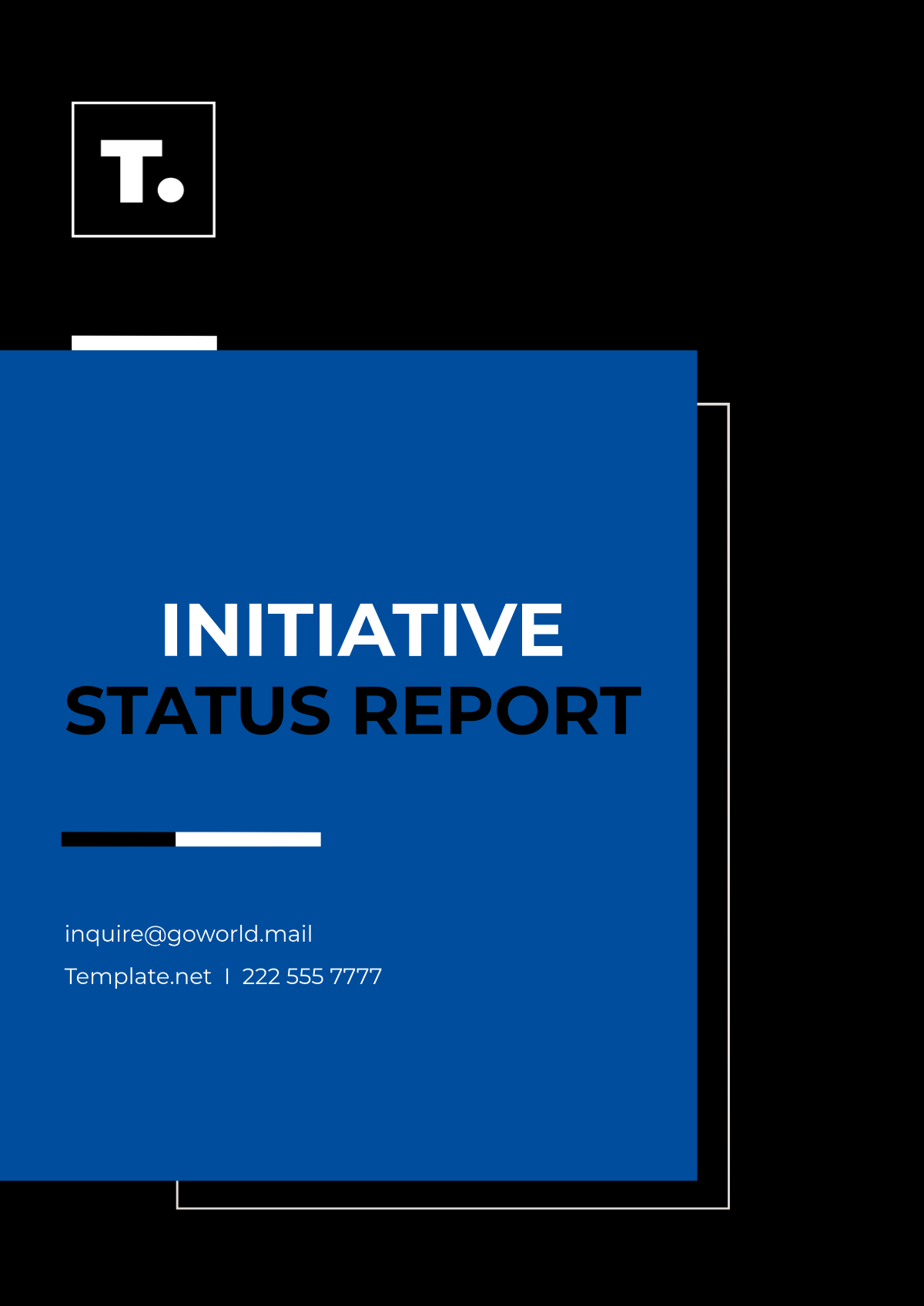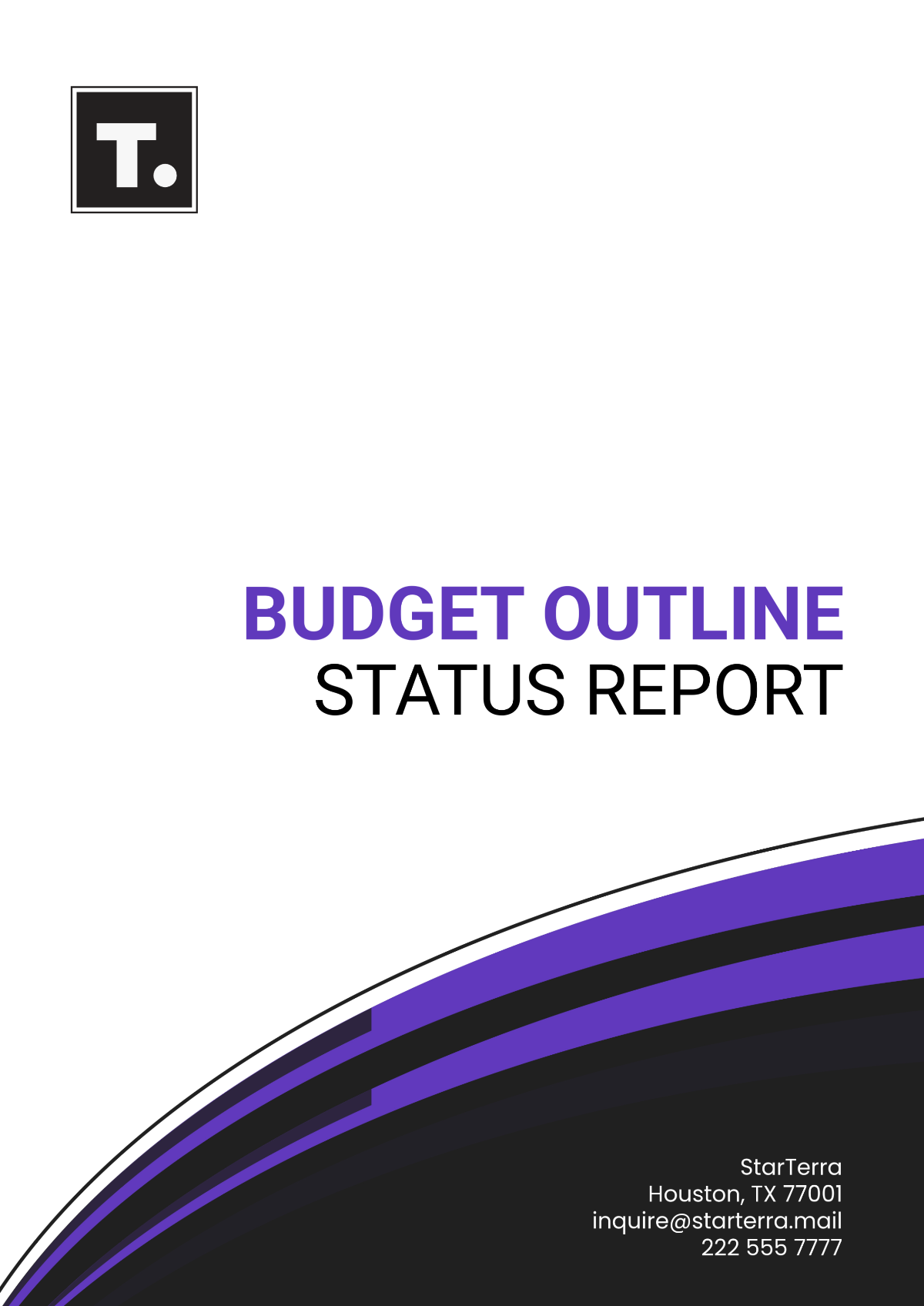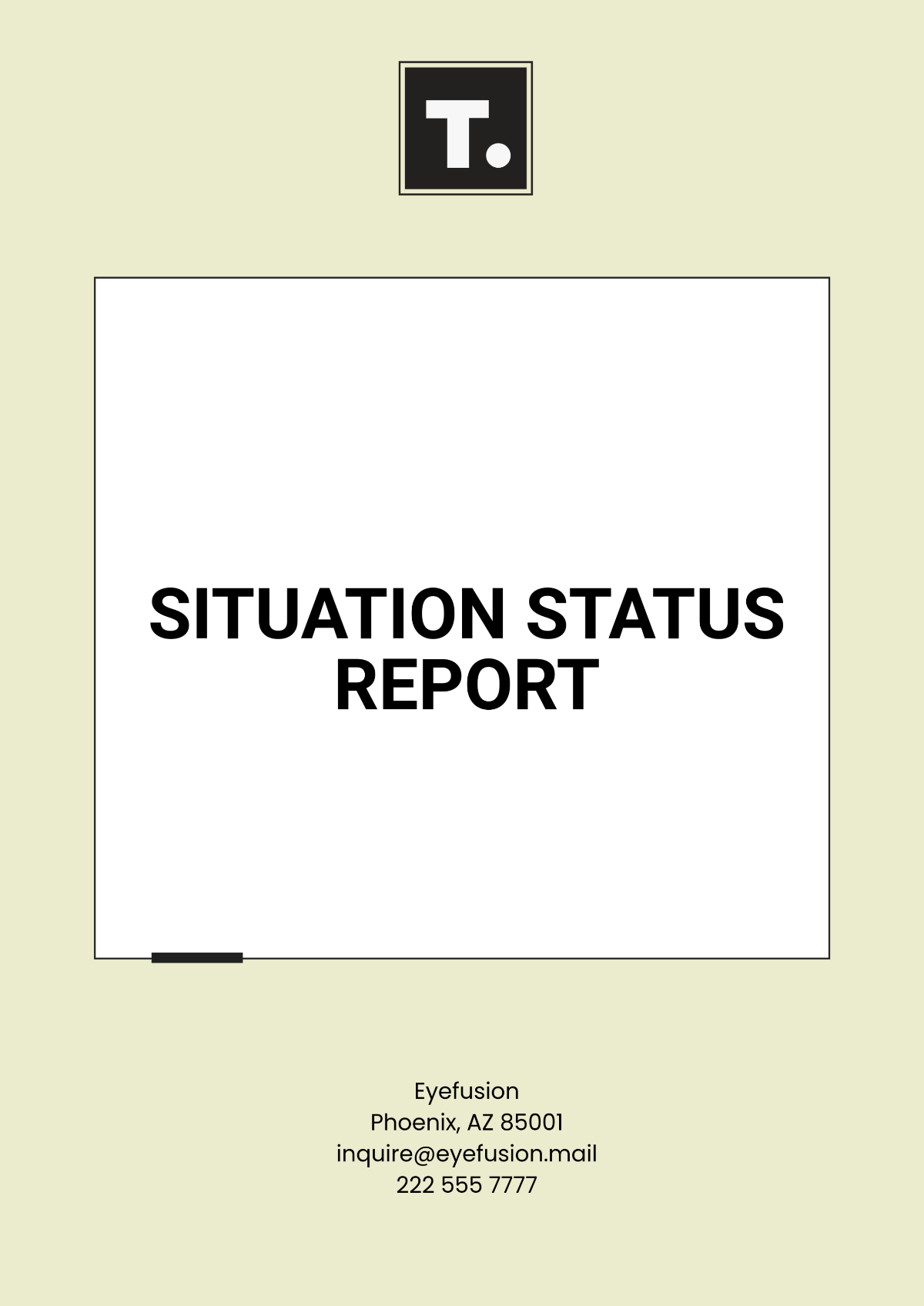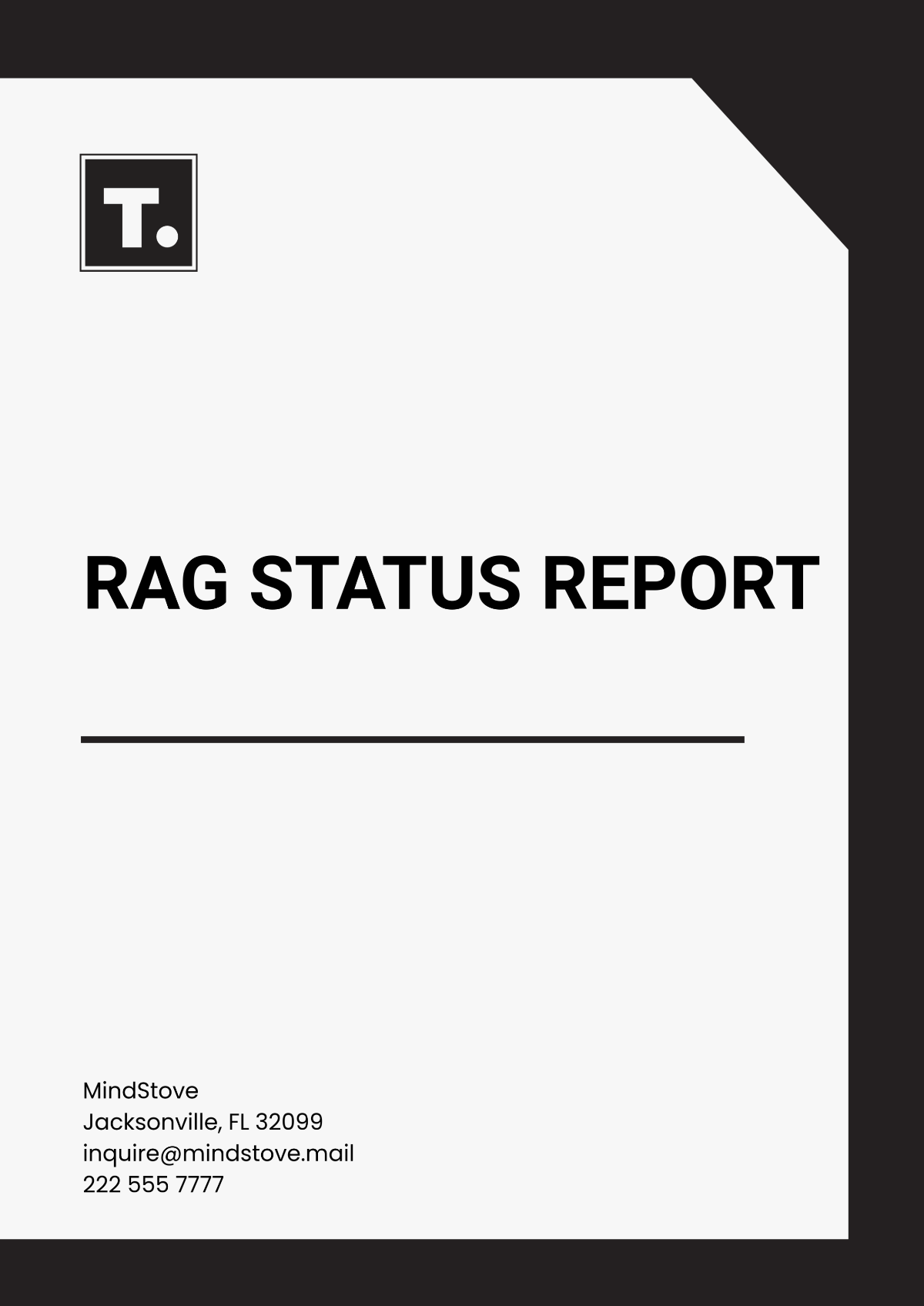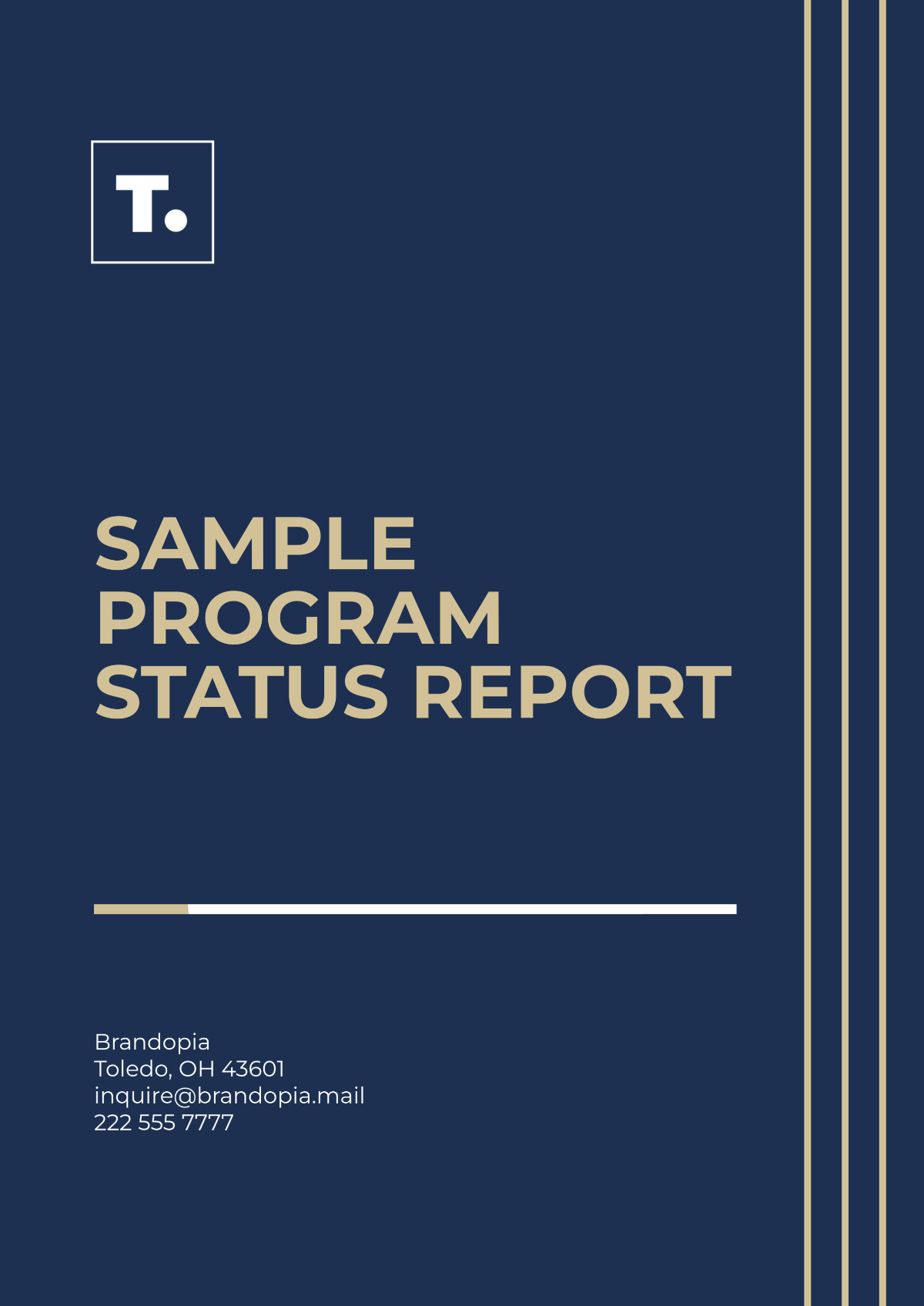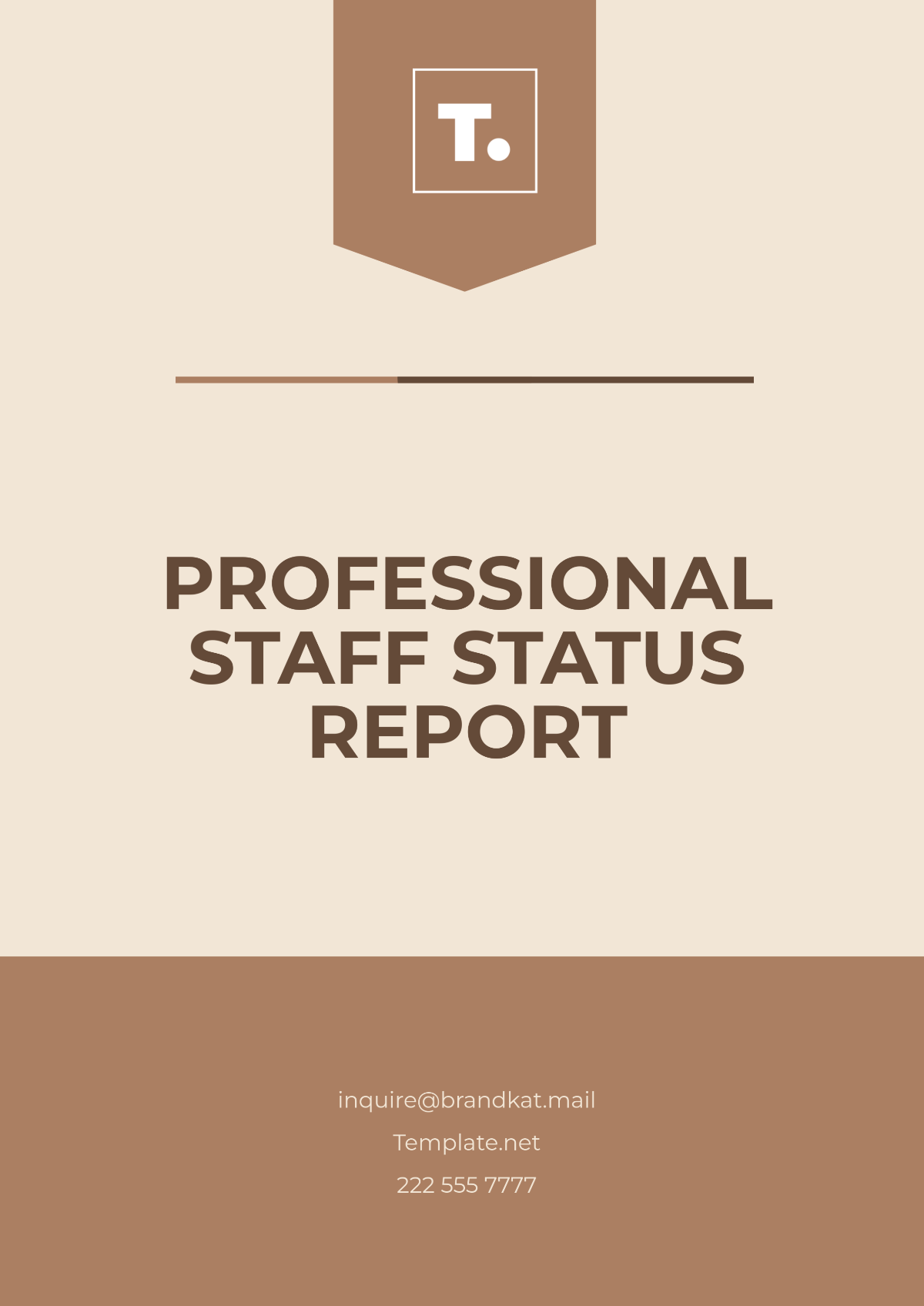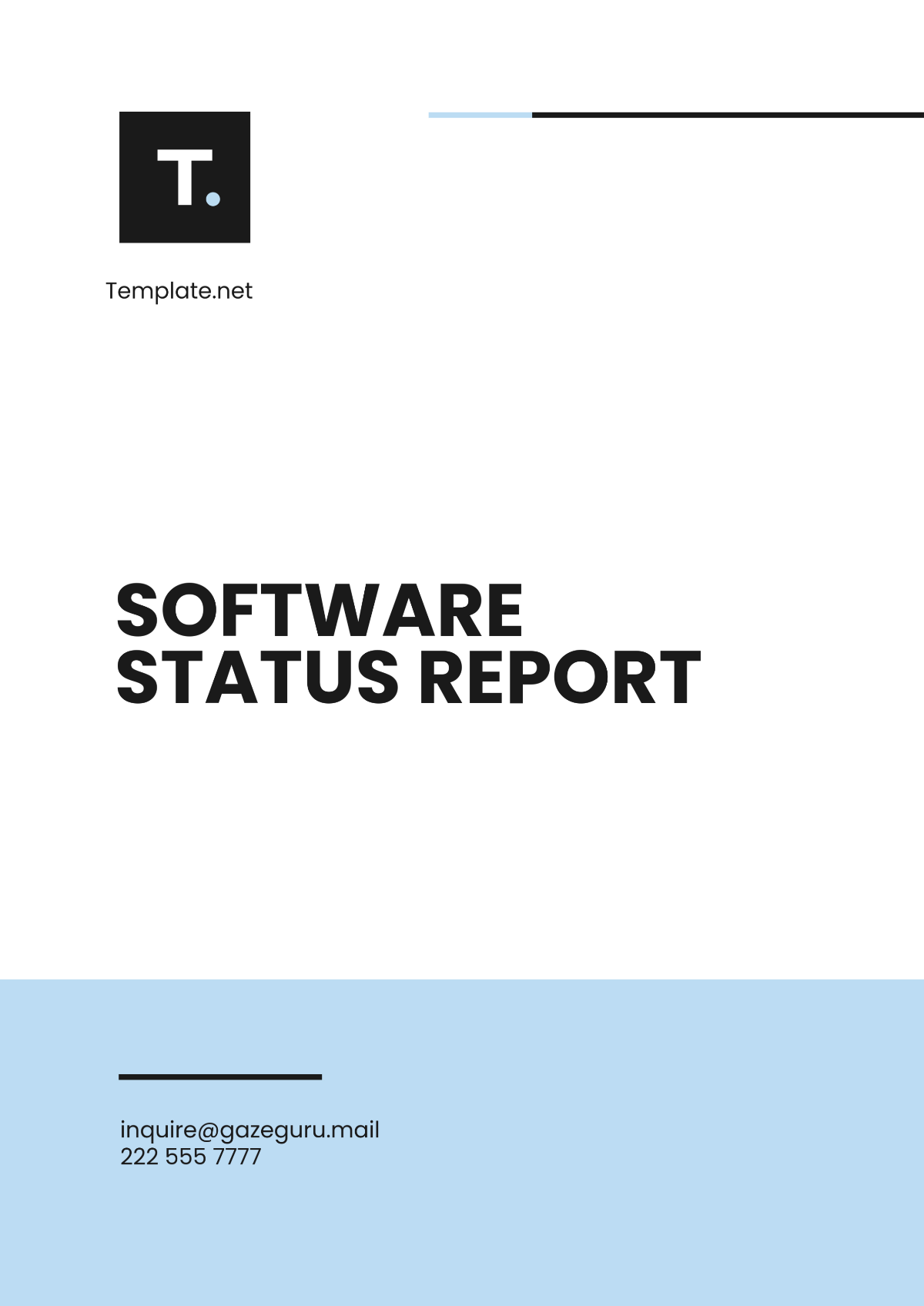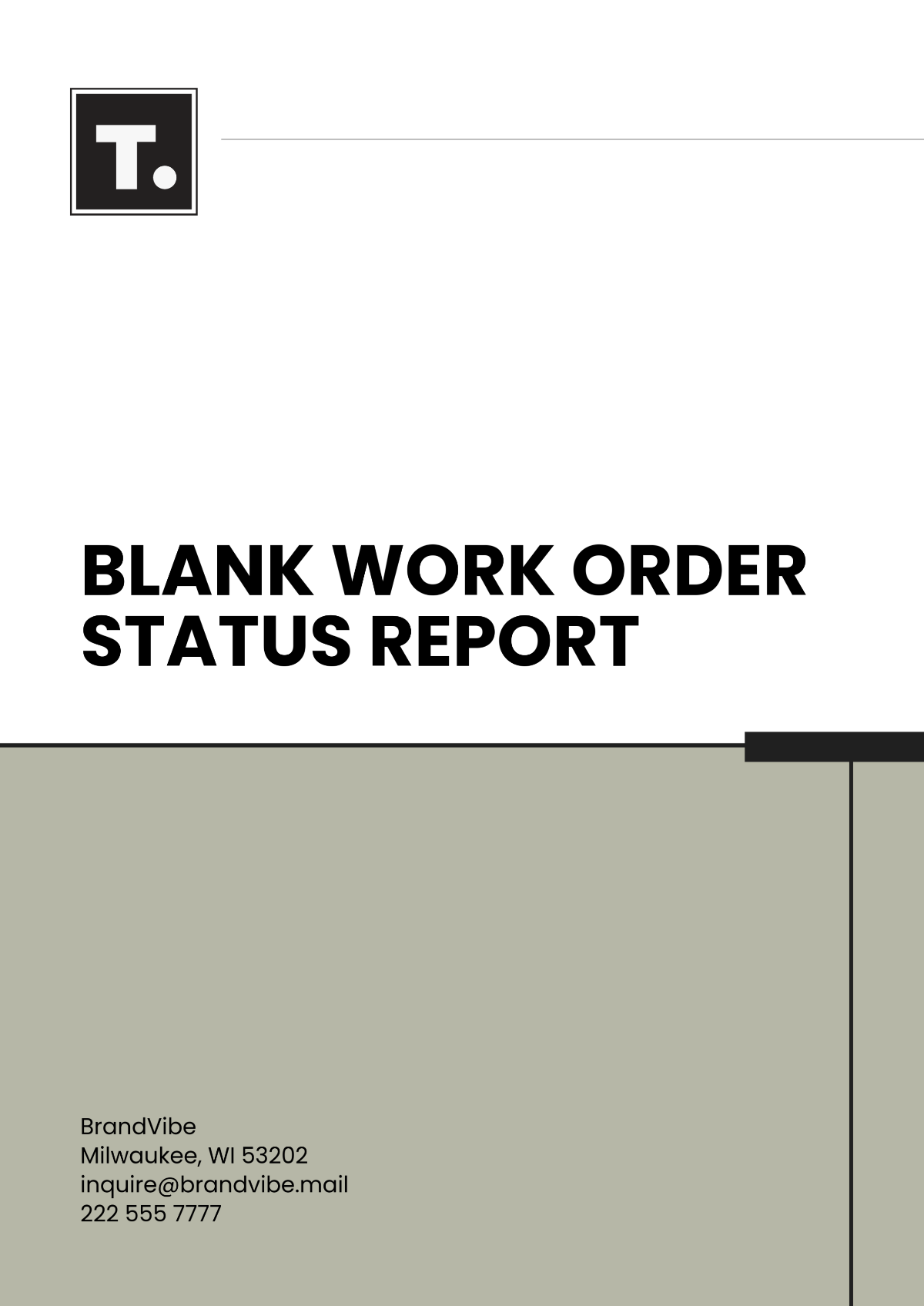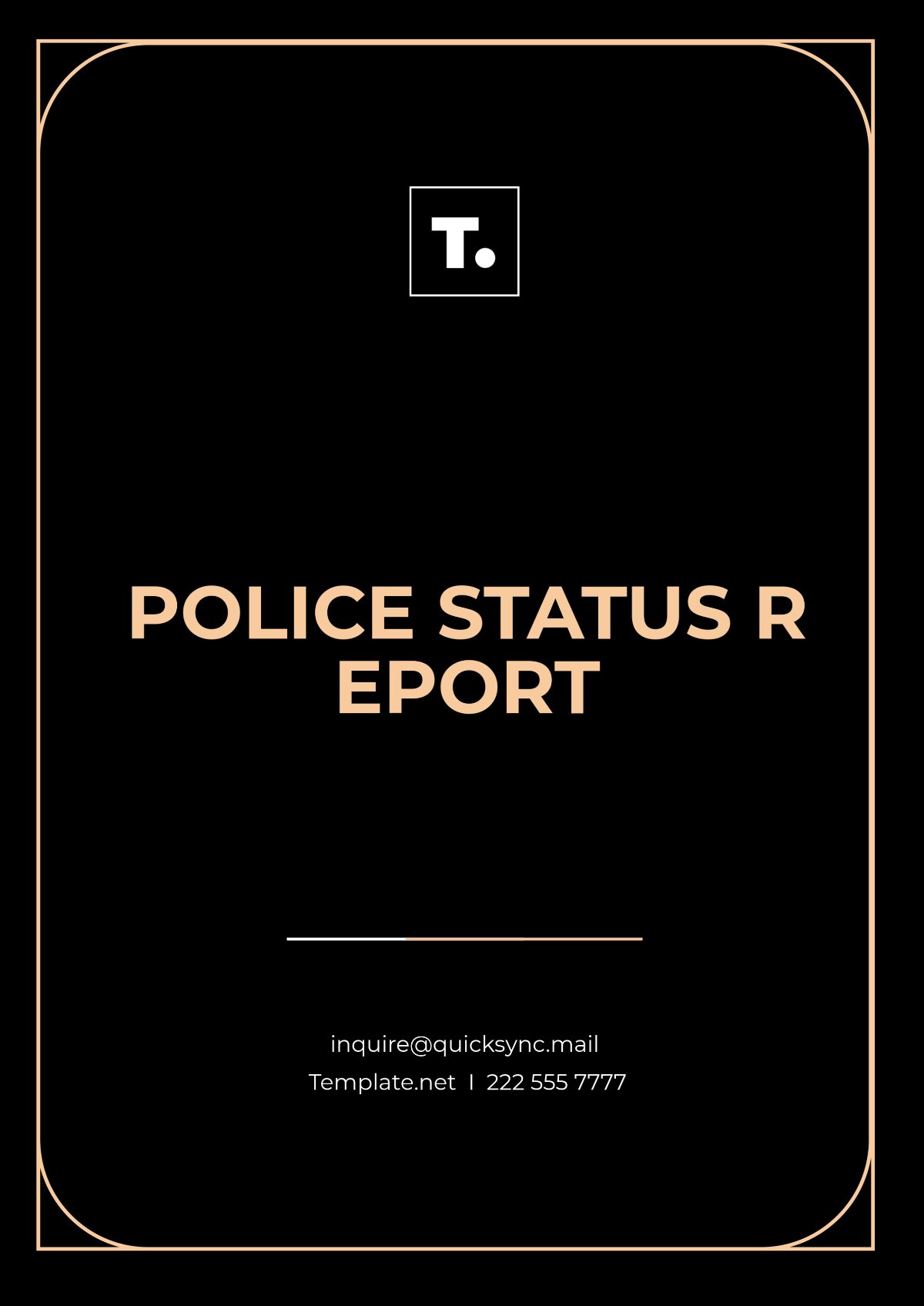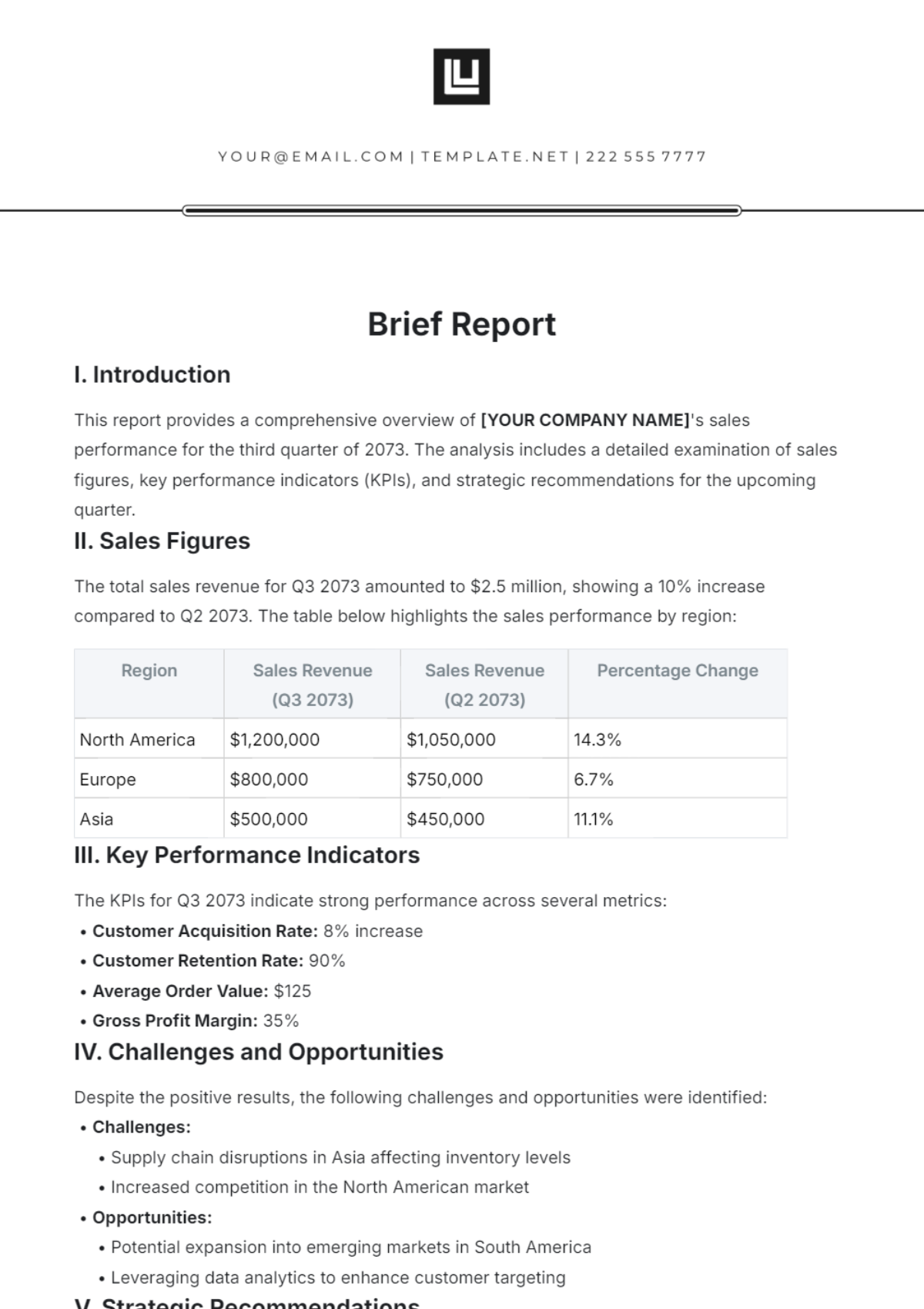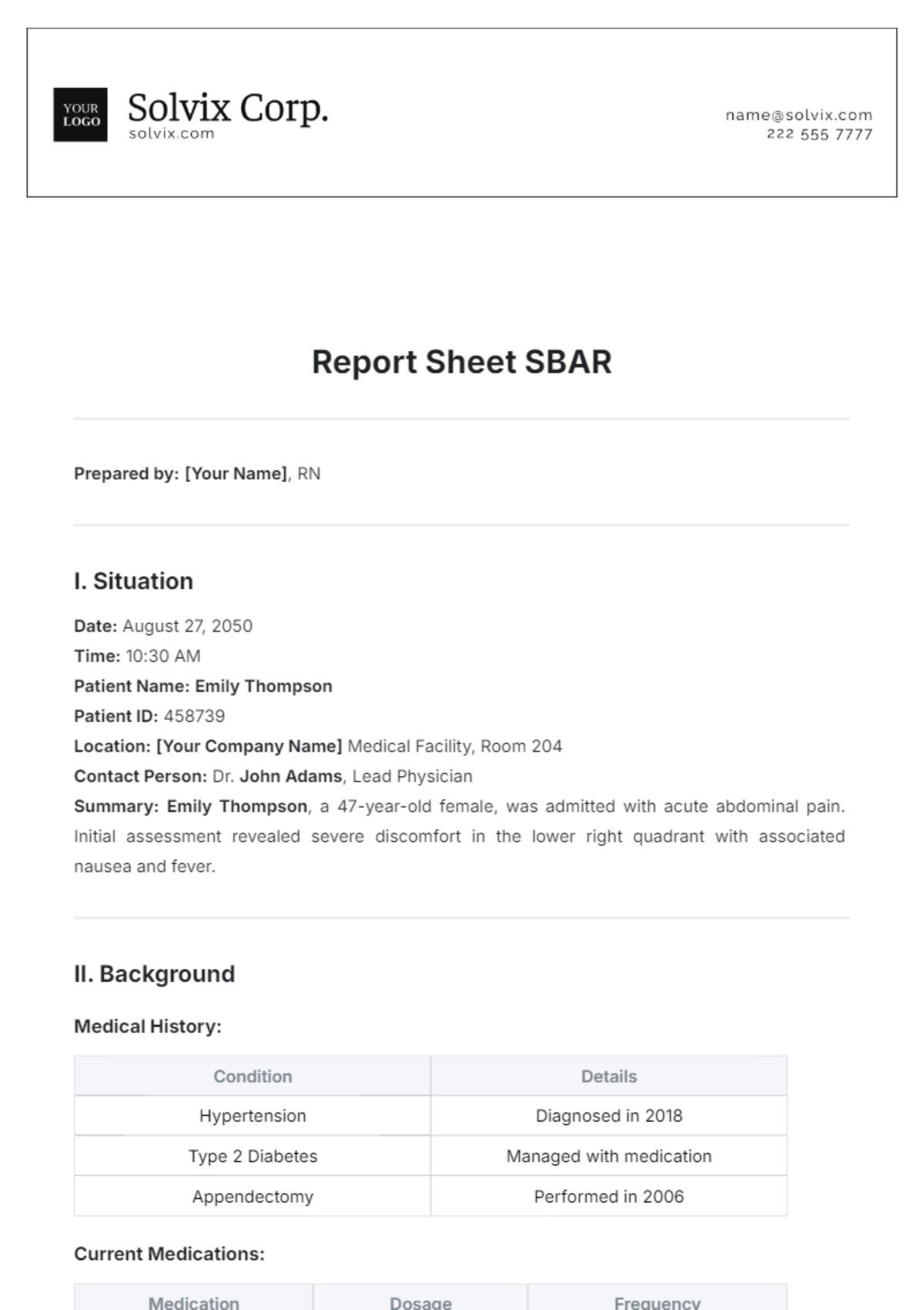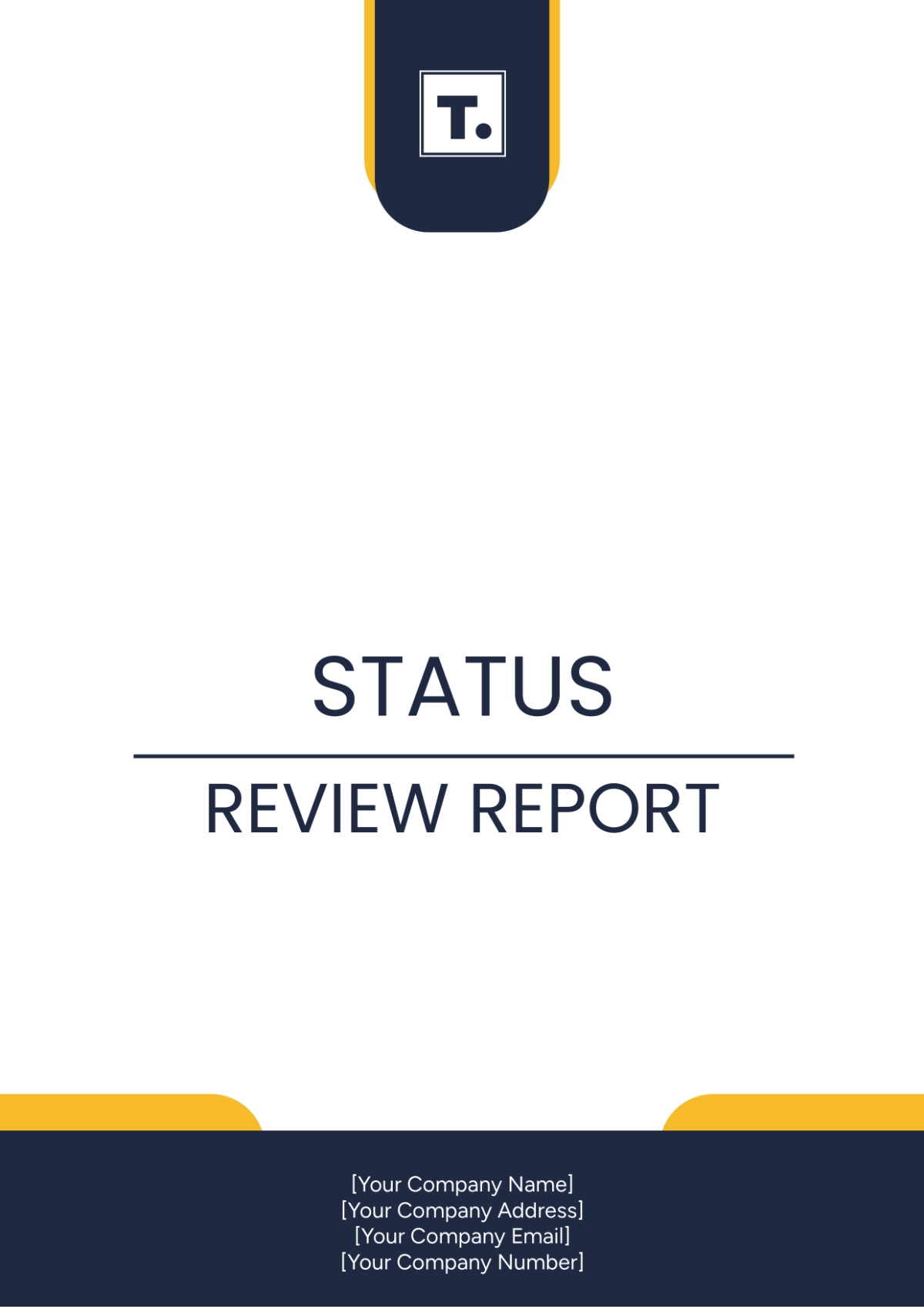Sales Status Report
Prepared by: [YOUR NAME]
Department: [YOUR DEPARTMENT]
Date: [REPORT DATE]
I. Introduction
In this section, provide an overview of the purpose and scope of the sales performance evaluation report. Briefly introduce the period covered by the report and highlight its significance in assessing the [YOUR COMPANY NAME]'s sales performance.
II. Executive Summary
The executive summary offers a concise summary of key findings and insights from the sales performance evaluation. It provides [YOUR NAME] and other stakeholders with a high-level overview of the sales performance against targets. Key metrics such as revenue generated, units sold, and conversion rates are highlighted in this section. Additionally, significant achievements and challenges encountered during the evaluation period are briefly discussed, along with actionable recommendations for improvement.
III. Individual Performance Evaluation
A. Sales Performance
In this section, evaluate the performance of individual sales representatives or teams within the [YOUR DEPARTMENT]. Utilize a table format to present key metrics such as sales targets, actual sales figures, and performance against targets. Highlight top performers and areas needing improvement. Provide qualitative feedback on strategies employed and challenges faced by each sales team member.
B. Performance
Evaluate your own performance as a sales professional within the organization. Reflect on your achievements, challenges, and contributions to the overall sales performance. Utilize specific examples and data to support your evaluation. Identify areas for personal growth and development to enhance future performance.
IV. Team Performance Evaluation
A. Team Performance Overview
Provide an overview of the collective performance of sales teams within [YOUR COMPANY NAME]. Highlight key metrics such as overall revenue, customer acquisition rates, and average deal size. Use charts or graphs to visually represent trends and patterns in team performance over time.
B. Team Strengths and Opportunities
Identify strengths and areas for improvement across sales teams. Discuss successful strategies implemented by high-performing teams and opportunities for optimization. Encourage collaboration and knowledge sharing among teams to leverage best practices and drive collective success.
V. Findings
A. Key Findings
Present the key findings of the sales performance evaluation, highlighting significant trends, successes, and challenges. Include both quantitative data and qualitative insights gathered from individual and team evaluations. Identify any unexpected findings or areas requiring further investigation.
B. Comparative Analysis
Conduct a comparative analysis of current sales performance against historical data or industry benchmarks. Identify areas of improvement and strategies employed by competitors to inform future sales initiatives.
VI. Recommendations and Action Plan
Based on the findings of the sales performance evaluation, outline actionable recommendations and a strategic action plan for improving sales performance moving forward. Prioritize initiatives based on their potential impact and feasibility. Assign responsibilities and deadlines to ensure accountability for implementation.
VII. Conclusion
Conclude the sales performance evaluation report by summarizing key insights, achievements, and areas for improvement. Reinforce the importance of ongoing performance monitoring and continuous improvement efforts to drive [YOUR COMPANY NAME]'s success in the competitive marketplace.


